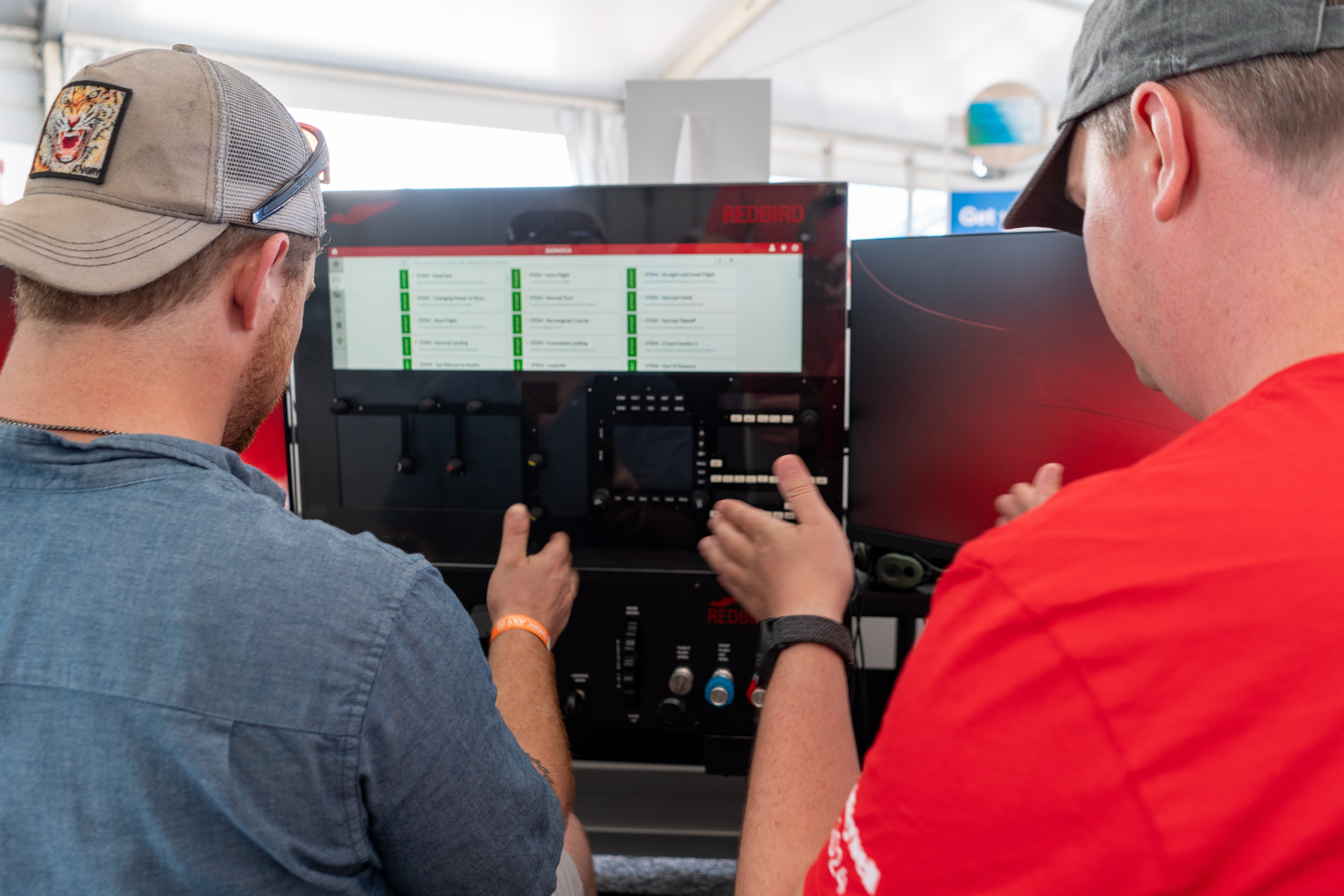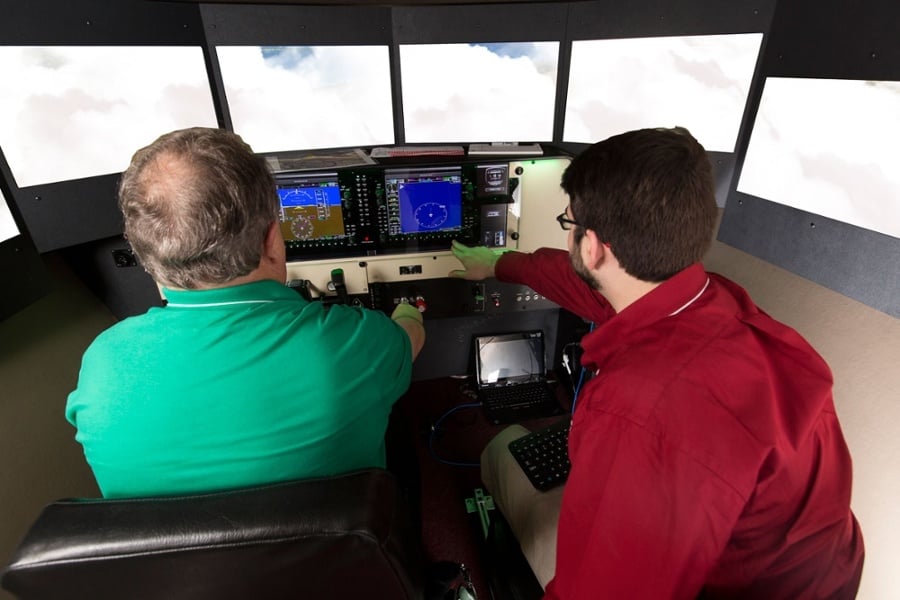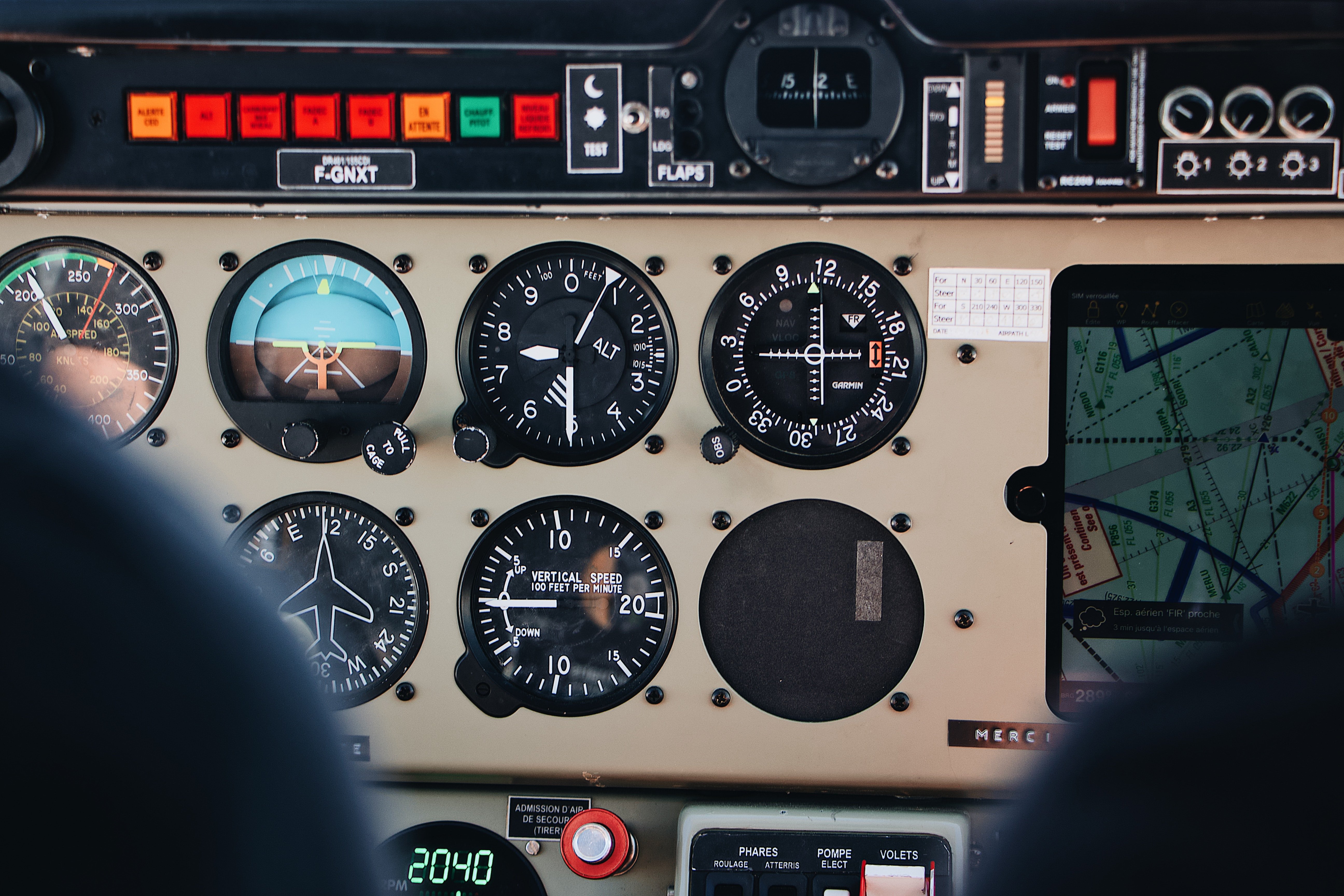Logging Time Under the New Revisions to Part 61
We've all heard a variation of the idea "everything is okay until you get caught." As pilots, we've all hopefully debunked it as well. When it comes to how we enter time in our logbooks, we're better served by the wisdom of John Wayne: "Well, not so fast there, pilgrim!"
On paper, the FAA’s recent amendments to Part 61 provide an easier route for instrument-rated pilots to maintain currency. Now, without instructor observation, pilots can accomplish instrument experience in an Aviation Training Device (ATD) by performing the same tasks—at the same 6-month intervals—required for FFS, FTD, and aircraft. The changes are a home run for the wallet and calendar of anyone who knows how to work a G1000.
But not so fast. If you don’t log your time correctly, these widely lauded changes quickly can become the catalyst for losing your wings.
I recently called the Denver FSDO and enjoyed a pleasant and informative (really!) conversation with the Duty Operations Inspector. The inspector explained that when reviewing an applicant’s logbook and materials, regardless of whether it’s before a check ride or after an accident or incident; everything is subject to close scrutiny. If an applicant’s logbook is incorrect, he or she can be denied completion on a check ride or even have a license or rating revoked.
Consider the following scenario. Joe Bagodoughnuts is starting an ATP check ride. While reviewing Joe’s 8710-1, the assigned inspector questions if Joe meets the flight time minimums for an ATP. Specifically, the inspector believes that Joe does not have enough total time or instrument time and that Joe is not instrument current. Joe presents his logbooks to the inspector and the sweating begins! In Joe’s defense, he logged his time the way “everybody does,” and his friends and CFIs said he’d be okay. Besides, no one had questioned him during any of his previous check rides. So, he must be okay, right?
The inspector realizes that Joe—without recording the approaches flown or identifying the devices used—incorrectly logged time in an AATD and a BATD as total time in an aircraft, PIC of an aircraft, and instrument time. Further compounding things, Joe logged all his time despite limits on the amount of time that can be credited toward a license or rating. Consequently, Joe was not qualified for his Instrument Rating or Commercial Pilot check ride at the time they were administered.
Related Content: How to Use Your Aviation Training Device When the Part 61 Changes Take Effect
In addition to receiving a notice of discontinuance for the ATP check ride, Joe now faces revocation of his Instrument Rating and Commercial License. Further consequences are possible as well.
So, how do you avoid this?
1. Understand that your interpretation of the ruling is meaningless; only the FAA’s interpretation counts.
2. Learn and abide by the FAA's specific, narrow definitions of Full Flight Simulator (FFS), Flight Training Device (FTD), and Aviation Training Device (ATD).
3. When you use a device of any kind, request and keep a copy of its FAA Letter of Authorization (LOA). Unless the LOA states that you can log experience in the device as PIC or SIC, and count the take-offs and landings, then you cannot enter these in your log. Unless you want to be the next Joe…
4. You can only count the amount of time allowed by the FARs toward a license or rating, and it must be administered and endorsed by an appropriately rated instructor. When logging an approach for instrument recency experience under FAR 61.57, record the airport name, approach name and type, identity of the device (i.e. FMX-1000 SN1234), and any maneuvers you performed. You also must note that the simulated weather was IMC (approach shot to minimums).
5. Depending on how long you haven’t been current, you must adhere to the requirements for an Instrument Proficiency Check administered by an appropriately authorized person.
Jon Caples is a CFII volunteer with the Wings Over the Rockies. He usually is found inside the museum’s FMX-1000 at the new Experience of Flight facility. He also is a member of the FAAST at the Denver FSDO.
Share this
You May Also Like
These Related Articles

How To Turn IFR Currency Requirements Into a Revenue Stream

Keeping Instrument Current Using a Simulator
